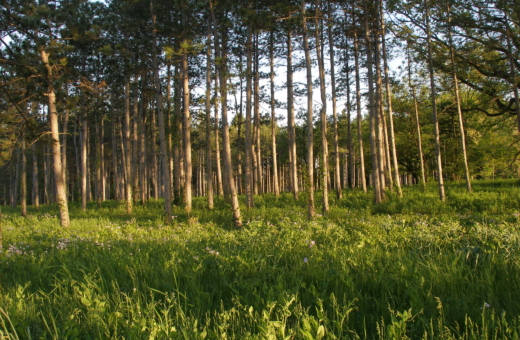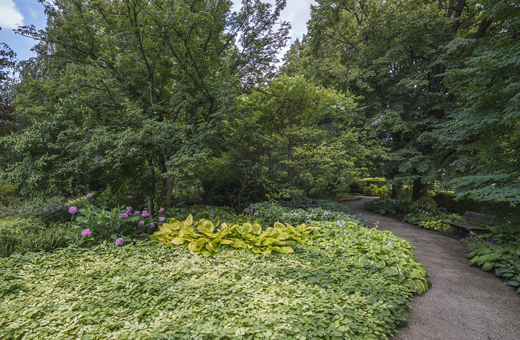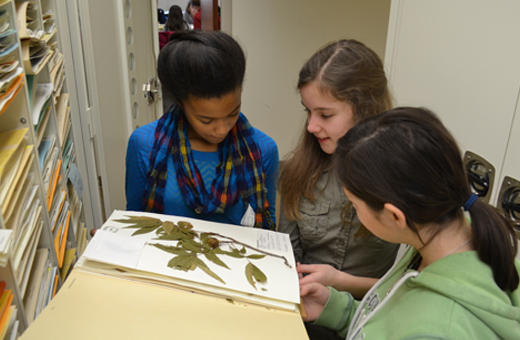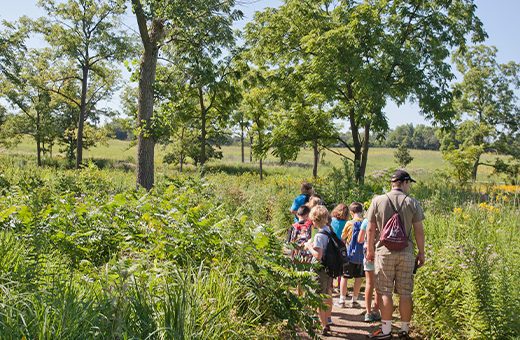Filter
Filter Slider
Slide Controls
Midwest Natives (7)
Explore allSlider
Slide controls
Flowering Trees (8)
Explore allSlider
Slide controls
Plant Clinic
Helping gardeners and landscape professionals have healthy, attractive, well-chosen plants
Get expert adviceShade Tolerant Shrubs (6)
Explore allSlider
Slide controls
Plants for Wet Sites (6)
Explore allSlider
Slide controls
Explore More
Slider
1
Filters
Filters
-
Tree or plant typeNotificationsIf you’re not sure whether the plant is a small tree or a shrub, or whether it is a perennial or a ground cover, check both boxes.If you’re not sure whether the plant is a small tree or a shrub, or whether it is a perennial or a ground cover, check both boxes.
-
Size rangeNotificationsYou can check more than one box. For example, to see what plant might fit under a power line, you might check both “large shrub” and “compact tree.”You can check more than one box. For example, to see what plant might fit under a power line, you might check both “large shrub” and “compact tree.”
-
Hardiness zonesNotificationsThese refer to the US Department of Agriculture’s Plant Hardiness Zone Maps (planthardiness.ars.usda.gov), which divides the country into regions based on their average low winter temperature range. Plants are assigned to hardiness zones based on the low temperatures they have been found to tolerate.These refer to the US Department of Agriculture’s Plant Hardiness Zone Maps (planthardiness.ars.usda.gov), which divides the country into regions based on their average low winter temperature range. Plants are assigned to hardiness zones based on the low temperatures they have been found to tolerate.
-
FoliageNotificationsChoose “deciduous” for trees that lose their leaves seasonally, and “evergreen” for trees with foliage year-round.Choose “deciduous” for trees that lose their leaves seasonally, and “evergreen” for trees with foliage year-round.
-
Light exposureNotificationsIf you are not sure how much daylight there is in the place where you plan to put the plant, check all the boxes you think might apply.If you are not sure how much daylight there is in the place where you plan to put the plant, check all the boxes you think might apply.
-
Soil preferenceNotificationsChoose the type of soil you have to find plants suited to it.
Choose the type of soil you have to find plants suited to it.
-
Other tolerancesNotificationsTo find plants that can tolerate less than perfect growing conditions, click the boxes that apply to your site.To find plants that can tolerate less than perfect growing conditions, click the boxes that apply to your site.
-
Native localeNotificationsIf you check “North America,” the results list will include plants native to Illinois and to the Chicago area, as well as the rest of the continent. If you choose “Chicago area,” the results list will include only plants native to northeastern Illinois and northwestern Indiana, based on “Plants of the Chicago Region” by Floyd Swink and Gerould Wilhelm.If you check “North America,” the results list will include plants native to Illinois and to the Chicago area, as well as the rest of the continent. If you choose “Chicago area,” the results list will include only plants native to northeastern Illinois and northwestern Indiana, based on “Plants of the Chicago Region” by Floyd Swink and Gerould Wilhelm.
-
Planting siteNotificationsCity parkway: Usually publicly controlled property adjacent and parallel to the roadway. Typically have high exposure to stressors (road pollutants, limited soil volume, dry soils). Widths vary.
Residential and parks: Open parcels of land, including commercial and industrial campuses. Typically have regular maintenance and fewer stressors than other urban sites.
Restricted sites: Openings in sidewalks and other pavements without soil under the pavement designed to support root growth. Although some trees tolerate restricted planting sites, growth will be restricted in less than 20 years if there is less than 200 square feet of open soil around them. Smaller spaces will reduce growth sooner and to a greater extent.
Under utility lines: Only plant trees with mature heights less than 25 feet under utility lines.
Wide median: Land in the center of a roadway. Typically have highest exposure to stressors (road pollutants, limited soil volume, dry soils), though medians come in many shapes and sizes.City parkway: Usually publicly controlled property adjacent and parallel to the roadway. Typically have high exposure to stressors (road pollutants, limited soil volume, dry soils). Widths vary.
Residential and parks: Open parcels of land, including commercial and industrial campuses. Typically have regular maintenance and fewer stressors than other urban sites.
Restricted sites: Openings in sidewalks and other pavements without soil under the pavement designed to support root growth. Although some trees tolerate restricted planting sites, growth will be restricted in less than 20 years if there is less than 200 square feet of open soil around them. Smaller spaces will reduce growth sooner and to a greater extent.
Under utility lines: Only plant trees with mature heights less than 25 feet under utility lines.
Wide median: Land in the center of a roadway. Typically have highest exposure to stressors (road pollutants, limited soil volume, dry soils), though medians come in many shapes and sizes. -
Season of interestNotificationsThese boxes refer to the time of year that the plant is most attractive. For example, a tree with lovely fall color is most attractive in the fall, while a flowering shrub may be at it most attractive in spring or summer. Many plants are interesting in multiple seasons for different reasons, such as interesting bark in winter but flowers in summer. You can check multiple boxes.These boxes refer to the time of year that the plant is most attractive. For example, a tree with lovely fall color is most attractive in the fall, while a flowering shrub may be at it most attractive in spring or summer. Many plants are interesting in multiple seasons for different reasons, such as interesting bark in winter but flowers in summer. You can check multiple boxes.
-
Flower color and fragranceNotificationsNarrow your search by choosing the flower color or fragrance of the tree or plant.
Narrow your search by choosing the flower color or fragrance of the tree or plant.
-
Shape or formNotificationsSome terms will apply better to trees (“oval”) and others will apply better to shrubs (“creeping”).Some terms will apply better to trees (“oval”) and others will apply better to shrubs (“creeping”).
-
Growth rateNotificationsGrowth rates vary by plant type. For example, for trees “slow” indicates less than 10 inches per year, “moderate” is 10-20 inches per year, and a “fast” growing tree is more than 20 inches per year.Growth rates vary by plant type. For example, for trees “slow” indicates less than 10 inches per year, “moderate” is 10-20 inches per year, and a “fast” growing tree is more than 20 inches per year.
-
Drought toleranceNotificationsPlants that are more at risk during drought may need supplemental watering sooner compared to those that are designated more resistant to drought.Plants that are more at risk during drought may need supplemental watering sooner compared to those that are designated more resistant to drought.
-
Listing PageNotifications



